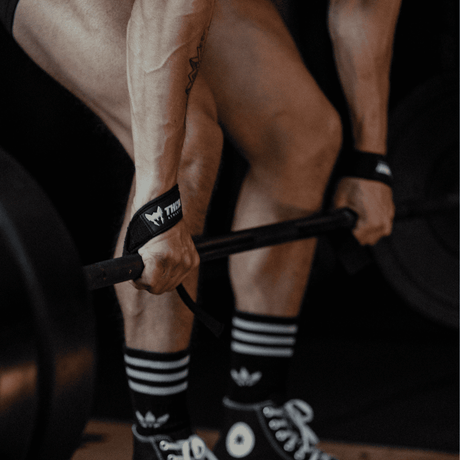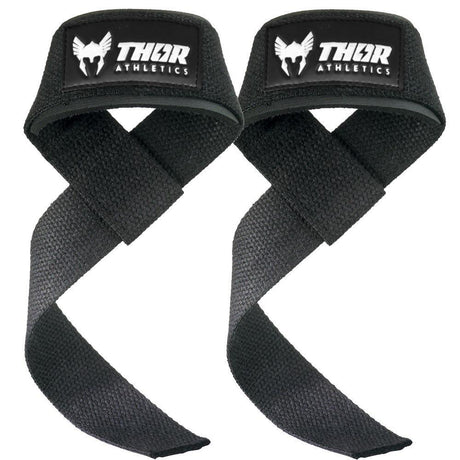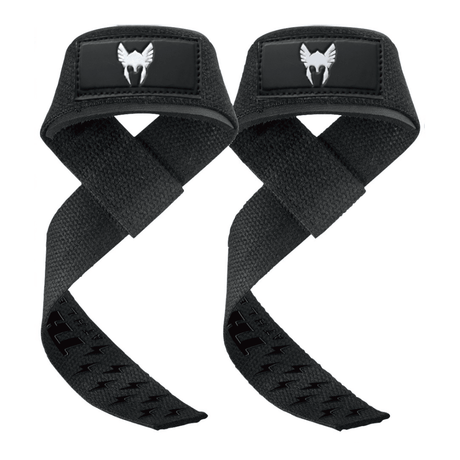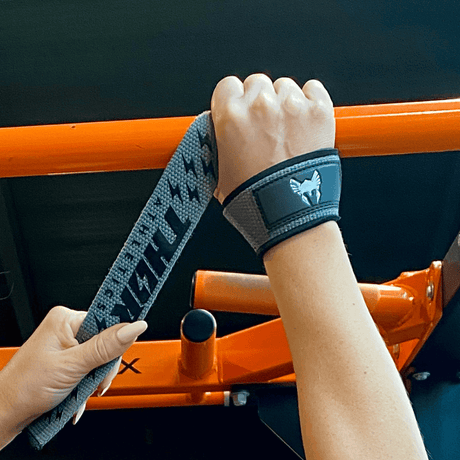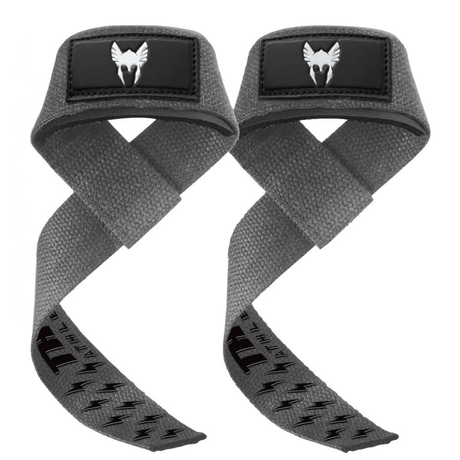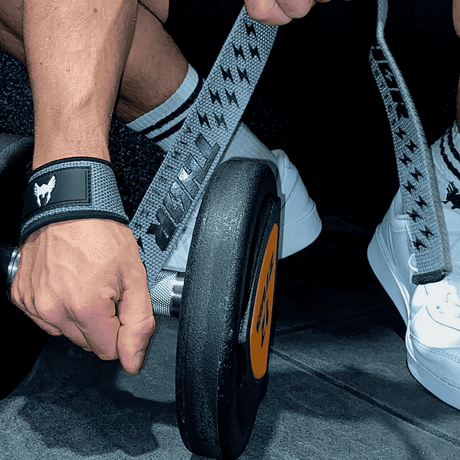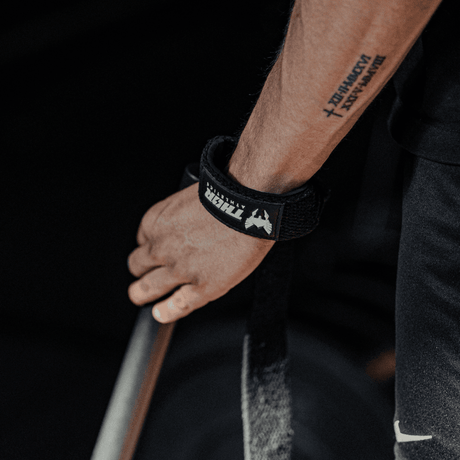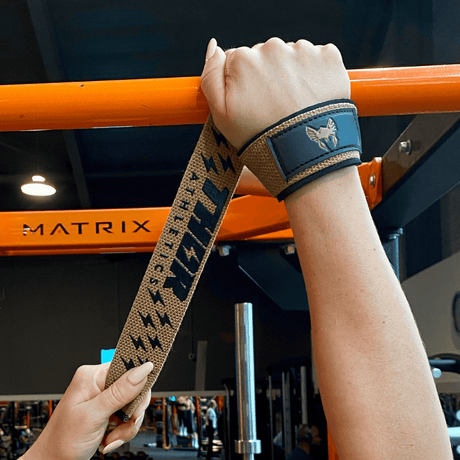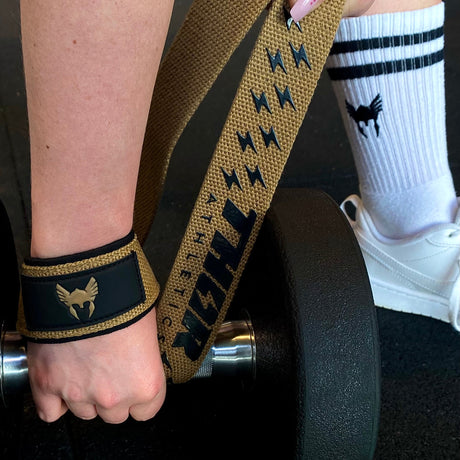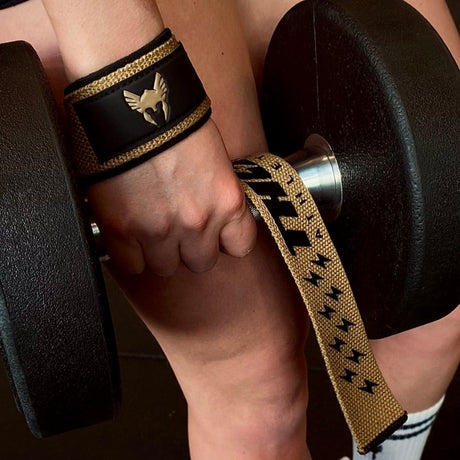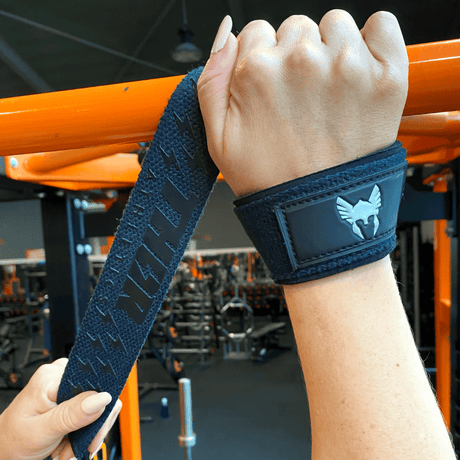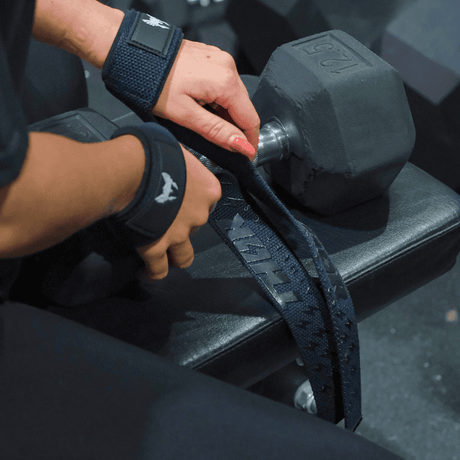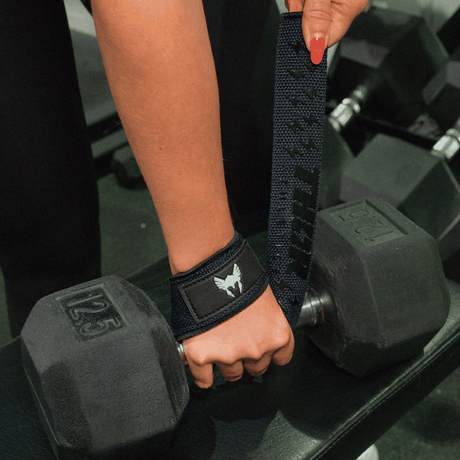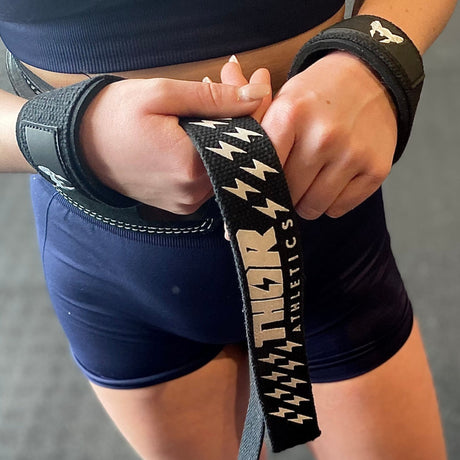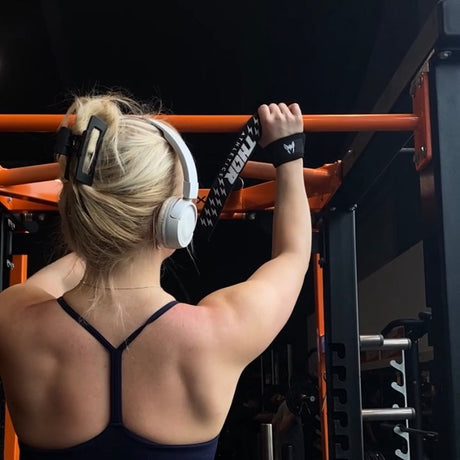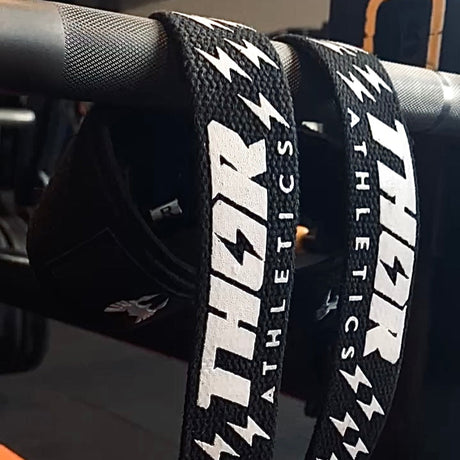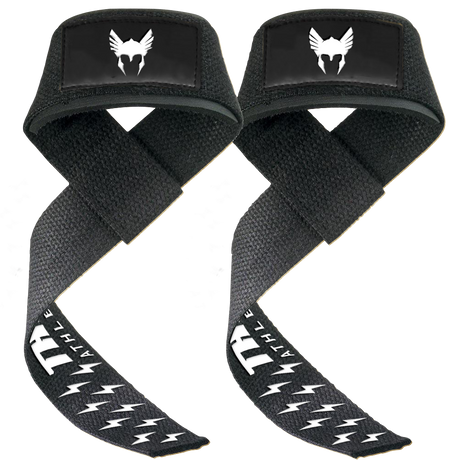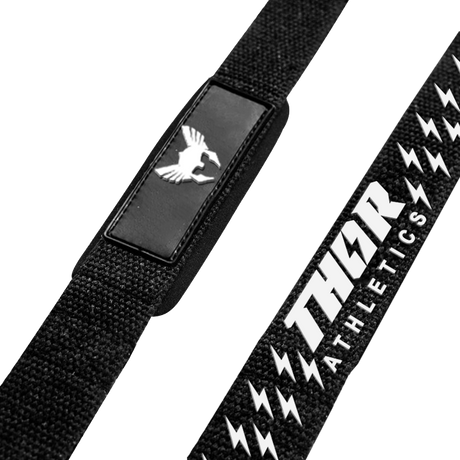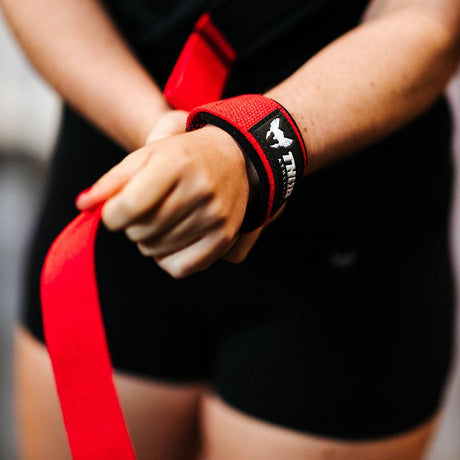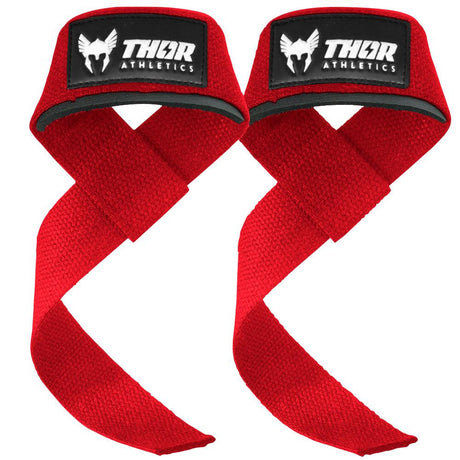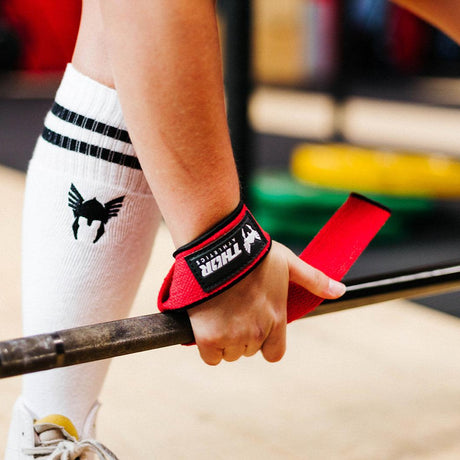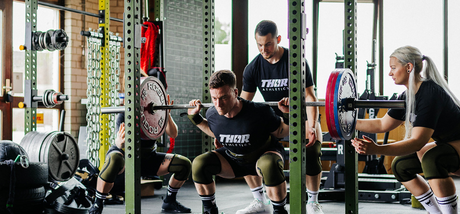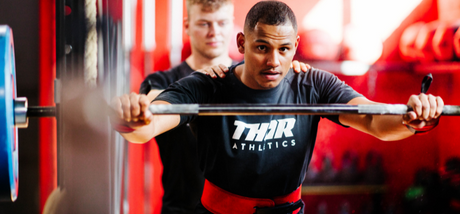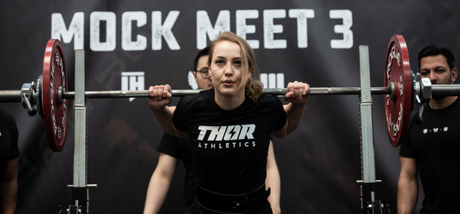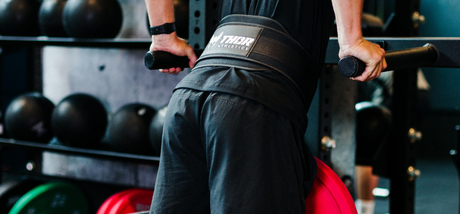You have worked hard to build all those muscles in the gym, or you simply want to lose fat without muscle loss to maintain your "toned" look. Often when people talk about weight loss, they actually mean fat loss, not weight loss.
If you want to minimize muscle loss during a cutting phase, it is important to stay in a slight calorie deficit, continue training the same way, and have enough protein to maximize muscle maintenance and possibly even build muscle.
When many people talk about fat loss, science is often not mentioned, and what is really the most effective proven method to lose fat and minimize muscle loss.
In this blog, we discuss the science behind fat loss, muscle maintenance during dieting, and what you should do to lose fat without also losing muscle.
What is the difference between weight loss and fat loss?
These two terms are often used interchangeably. However, they both have completely different meanings. Weight loss refers to how much weight you lose on the scale.
Suppose you weigh 90 kilos when you step on the scale today, and in 10 weeks you weigh 85 kilos. Then you have lost 5 kilos in 10 weeks. But is this all fat loss?
When we look at our body weight, you don't get insight into how much weight comes from water, muscle mass, fat mass, bones, or tendons.
Fat loss refers to the amount of weight you lose that directly comes from fat mass.
So in the above example you may have lost 5 kilos. But when you say you lost 2.5 kilos of muscle and 2.5 kilos of fat, it suddenly sounds much less appealing, since building muscle can take so long.
So when looking at fat loss without muscle loss, we should not only watch the kilos on the scale, since you can lose much more muscle than you would want.
We will dive a bit deeper into this topic, the science, and how you can best approach it later.

How do I lose fat without losing muscle?
Below are six principles with studies that can help us set guidelines for maximum fat loss and minimal muscle loss.
Calorie deficit is always leading
Fat loss is always 100% dependent on whether you are in a calorie deficit or not, it doesn't matter what method you use for this.
This means it doesn't matter whether you do intermittent fasting, paleo, keto, or any other diet. They are all methods to create a calorie deficit so you lose weight. There is nothing special about any of these diet types when it comes to fat loss.
This also means that the biggest aspect you should focus on during a fat loss phase is your calorie deficit. Later we will discuss how large this deficit should be without losing muscle.
Too much cardio can negatively affect muscle maintenance
No matter what so many people do on Instagram or at the gym cardio is not a more effective method to lose fat than standard strength training when total calories are equal.
When you try to lose fat without losing much muscle, it is important not to program too much cardio to reach your calorie deficit this way. Too much cardio can accelerate muscle loss.
Cardio should only be used as a third tool, after strength training and a small calorie deficit.
So it's not like you should never do cardio. It can help when you want those extra 100 or 200 calories without having to eat even less. However, it should not take away from your strength training or replace strength training.
Also, doing cardio in the “fat-burning zone” does not mean you actually burn more fat mass. This is still a major misconception in the sports world. Only a calorie deficit will help you with this.

Low carb diets can negatively affect muscle maintenance
When you want to reduce calories to put yourself in a deficit, it is important to understand the role of carbohydrates during gym performance, muscle maintenance, and recovery.
This is because carbohydrates are the primary fuel for high-intensity training such as strength training. Your body stores these carbohydrates as glycogen as an energy reserve.
You can just as well lose fat while eating few carbohydrates, as long as you are in a calorie deficit. However, if you want to maintain your muscles, you will need to do strength training, and for this, you need carbohydrates.
So when you eat fewer carbohydrates, your strength training will suffer, especially if your training volume is high.
The importance of strength training for muscle maintenance
When you are in a calorie deficit without training, you will break down both fat and muscle mass. You can counteract this muscle breakdown by doing strength training within different repetition ranges, heavy and light weights, and as high a number of sets per muscle group per week as possible (provided you can recover from this, of course).
Accessory recommendations for training
High intensity training helps with strength and muscle maintenance
Training at higher intensities (lower repetitions) is a good way for people to maintain as much muscle mass and strength as possible during a fat loss phase.
A meta-analysis of 17 studies shows that some exercises at higher intensity and a mix of higher and lower intensity caused a large increase in muscle maintenance and strength maintenance.
So don't just do high repetitions for the “burn” or to “burn extra fat.” The activities that are best for building muscle are also best for muscle maintenance, and this is a mix of different repetition ranges. So also heavier weights.

Higher repetitions to muscle failure
Besides higher intensities and lower repetitions, it is important to also add high repetitions to stimulate and maintain muscle growth.
It is important to remember that higher repetitions were less effective for strength maintenance than lower repetitions. So if you want to maintain your strength alongside muscles, it is important to include lower repetitions in your program.
Recommendations
Below we will discuss the recommendations to help you lose as much fat as possible without muscle loss.
Nutrition recommendation
When you want to lose fat as quickly as possible, people often want to lose fat too fast and set calories too low. This does work for fat loss, but it is less optimal for muscle maintenance.
Try to set a deficit of about 200-300 calories below your maintenance, with a weight loss of a maximum of half a kilo per week to minimize muscle loss. When your weight loss stalls, reduce another 200-300 calories.
Eat high in protein during this diet phase to maximize muscle maintenance. A recommendation of 1.6 to 1.8 grams per kilogram of body weight per day is generally sufficient.
If you notice your workouts suffer too much in your calorie deficit because you feel weak, try eating a bit more carbohydrates a few hours before your workout instead of throughout the day.
Training recommendation
Keep lifting heavy alongside light weights. Both work for muscle maintenance, but for strength maintenance you will also need to do lower repetitions. A combination of both is often best. Try to get stronger in your exercises during your fat loss phase and especially don't go in with the mindset that you will get weaker because this doesn't have to be the case at all. Also really keep doing your best during your workouts.
Train at the highest possible volume. Volume is your number of working sets per muscle group per week. Research shows that total training volume is one of the most important factors for muscle growth (and muscle maintenance). Provided, of course, that you can recover from it. This is another reason why carbohydrates are so important, since for the highest possible volume you naturally also need a lot of carbohydrates.
Use cardio only as a last tool during your fat loss phases. Try to solve it first with nutrition and strength training. Doing too much cardio can mean you can do less strength training, which can translate to more muscle loss. So don't let cardio get in the way of your strength training.
Conclusion
It mainly comes down to training as you would to build muscle, with a good dose of patience to maintain as much strength and muscle mass as possible. Don't make your calorie deficit too large here, and keep training hard. Muscle and strength loss is often greatly overestimated by many people when you continue to train and eat properly.
Hopefully you found this blog helpful! If you find it difficult to apply this or want some extra motivation, feel free to send me a message on instagram or contact me via the contact form.
Greetings,
Desley Baars


























